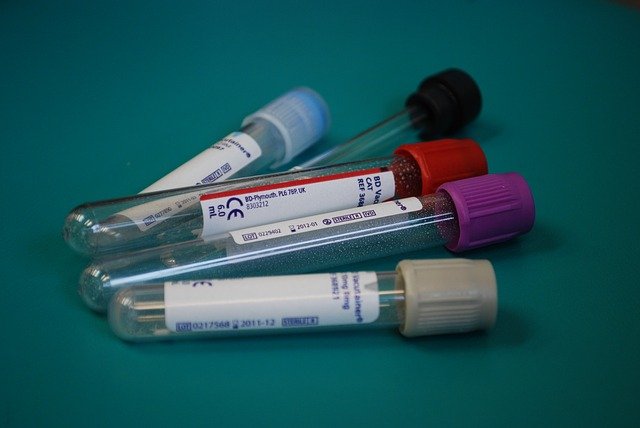
In a new study, researchers found hepatitis B and C and HIV infection prevalence in cancer patients show an alarmingly high rate of undiagnosed acute and chronic hepatitis B and C.
Hepatitis B and C are serious but treatable viral infections that cancer patients should know they have—because these viruses can cause life-threatening complications when certain cancer treatments are used.
A team from SWOG Cancer Research Network, part of the National Institutes of Health, conducted the study.
The SWOG team found that a substantial portion of newly diagnosed cancer patients with hepatitis B or C were unaware of their viral infection.
Many had no identifiable risk factors for these infections, such as injection drug use.
The findings suggest that universal screening for hepatitis B or C may be warranted in community cancer clinics—a move that would allow physicians to help patients avoid liver failure, kidney disease, or other complications from hepatitis.
Universal testing would also help care teams make more informed choices about cancer treatments, including avoiding those that may cause hepatitis viruses to reactivate and spread—making cancer patients even sicker.
There is some evidence that anti-CD20 therapies, such as the drug rituximab, as well as hematopoietic cell transplantation, both treatments for lymphomas and leukemias, can cause some infection-causing viruses to reactivate and multiply.
The SWOG study, known as S1204, is notable for its large size and its diverse patient sample.
Between 2013 and 2017, 3,051 patients were enrolled and received a simple blood test checking for the presence of the HIV virus, as well as the presence of the hepatitis B virus and the hepatitis C virus.
Patients lived in both rural and urban areas and were treated at 18 different academic and community hospitals across the county, from Montana to Massachusetts.
The median age was 60.6 years, and 60 percent of participants were female. Minority enrollment was high; Of total patients enrolled, 18 percent were Latino and 18 percent were African-American.
The most common types of cancer study participants were being treated for included breast, blood, bone marrow, colorectal, and lung.
S1204 is also notable for its results. Despite varying oncology practice guidelines on viral screening for cancer patients, there is very little evidence to base those guidelines on.
The team sought to inform the debate over universal screenings in the cancer community by understanding how prevalent HIV and hepatitis are among newly diagnosed patients.
Here’s what they found:
6.5 percent of patients had past hepatitis B, 0.6 percent had chronic hepatitis B, 2.4 percent had hepatitis C, and 1.1 percent had HIV—infection rates similar to those found in the general U.S. population.
Importantly, a substantial proportion of patients with past (87.3 percent) and chronic (42.1 percent) hepatitis B infections were undiagnosed prior to the study screening, as well as a large proportion of people with hepatitis C infections (31 percent).
No evidence of large numbers of undiagnosed HIV infections, although 5.9 percent of people with HIV were newly diagnosed through the study.
Many patients had no risk factors for their viral infections—27.4 percent for past hepatitis B, 21.1 percent of patients with chronic hepatitis B, 32.4 percent with hepatitis C and 20.6 percent with HIV.
While the results don’t suggest that universal HIV screening is necessary for cancer patients, they do provide new evidence to inform a discussion in the oncology community about whether we should require hepatitis screenings.
From a public health perspective, chronic hepatitis B and hepatitis C are a significant challenge, since these infections affect millions of Americans, including many patients with cancer.
Testing cancer patients for these diseases could catch a lot of undiagnosed cases and help modify their cancer care to improve outcomes.
The finding appear in JAMA Oncology.
Copyright © 2019 Knowridge Science Report. All rights reserved.
Source: JAMA Oncology.



